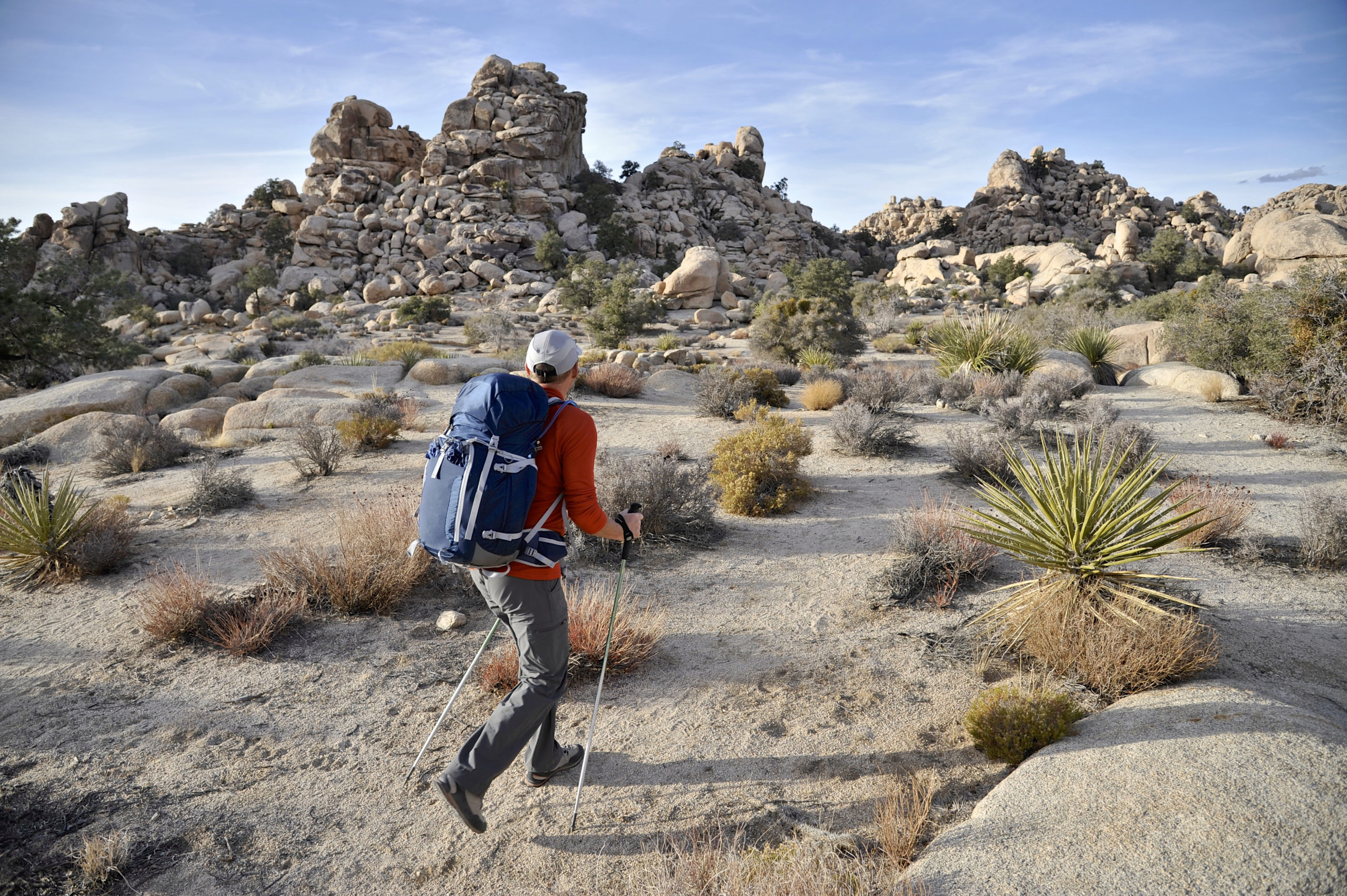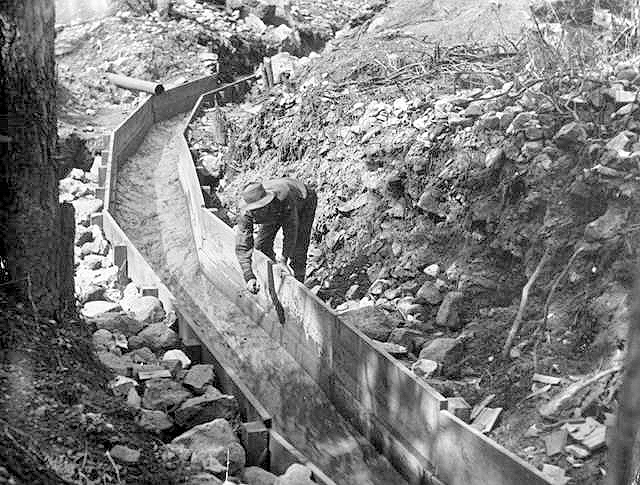Los Angeles may not be the desert that so many people claim. At least not all of it. Parts of the greater LA area encompass portions of the SoCal desert. For those unaware, we actually have two deserts in Southern California and three distinct deserts making up the California desert environment. Not too far off from the city, you’ll find the Mojave and Colorado Deserts. Each offers its own distinguishing geography, flora, and ecosystem. Here’s how to tell the difference between these two neighboring California desert regions.
Establishing Boundaries
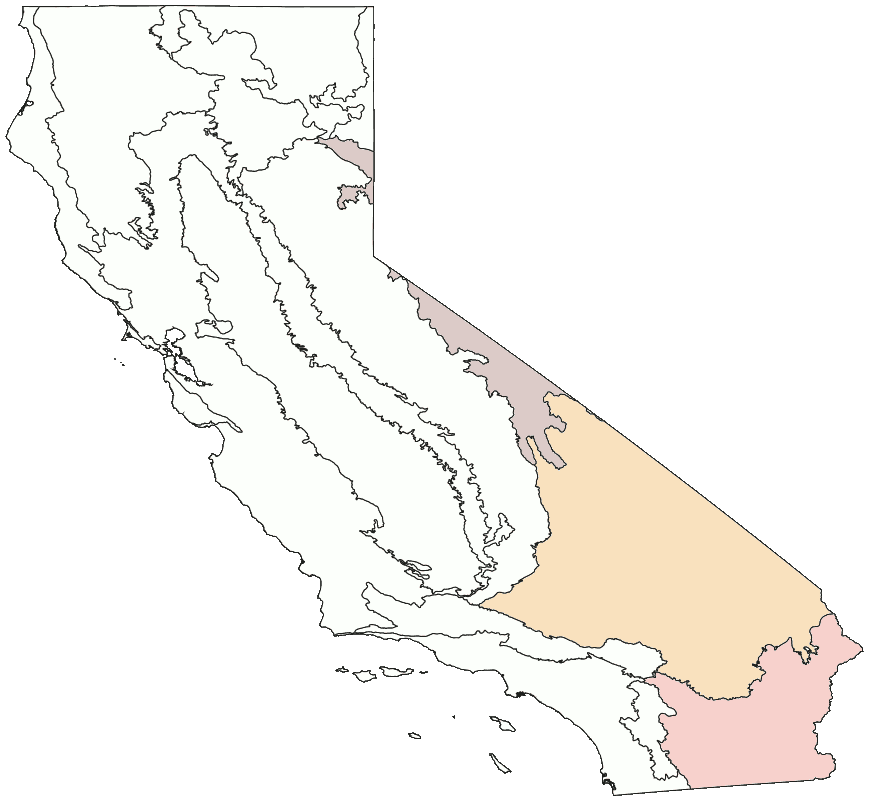
Perhaps the California desert most familiar to the average Angeleno, the Mojave Desert is bordered on the northwest by the Tehachapi Mountains and on the south by the San Bernardino and San Gabriel Mountains. It sprawls east until it reaches the California border, though it also extends into portions of Arizona, Nevada, and even Utah.
The Colorado Desert can be found south of the Mojave, sandwiched between the Transverse Ranges and the Colorado River. Unique to California, the Colorado Desert is actually a sub-region of the much larger Sonoran Desert which extends into Arizona and Mexico.
The Transitional Zone Between Two Southern California Desert Regions
While maps may show a clearly defined border between the Mojave and Colorado Desert areas, the reality is less precise. Rather, a gradual transition of overlapping flora and blended features signals the boundary between the two California desert regions. Maps relegate the crossover point to a vague area between the towns of Banning and Needles. Joshua Tree National Park can be found in this transitional zone.
High Versus Low Desert
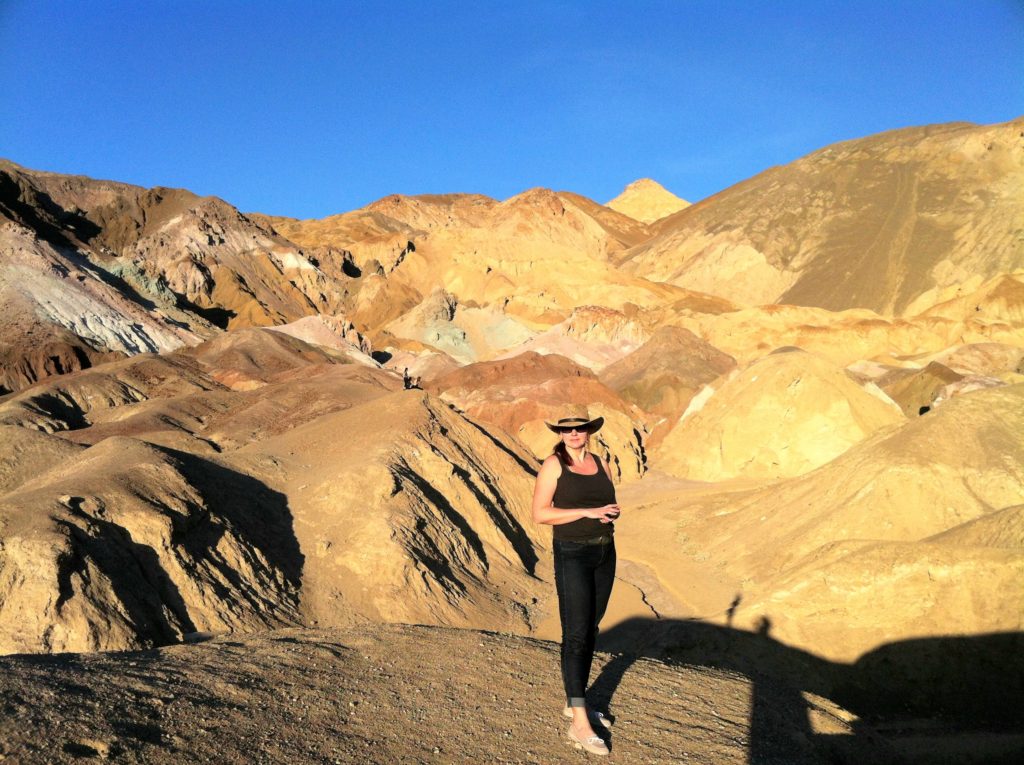
Those familiar with California desert landscapes often refer to the Mojave as the “high desert” and the Colorado as the “low desert.”Unsurprisingly, this is a reference to the areas’ elevations.
So, how low can the low desert go? At its highest, the Colorado reaches about 1,000 feet above sea level, but can drop down to -230 feet!
By comparison, the Mojave towers with elevations up to 11,000 feet above sea level. However, Death Valley National Park, which features the lowest elevation point in the entire country. Straddles the line between the Mojave and the third California desert, the Great Basin Desert. Death Valley’s Badwater Basin plummets to 282 feet below sea level.
Southern California Desert Rainfall
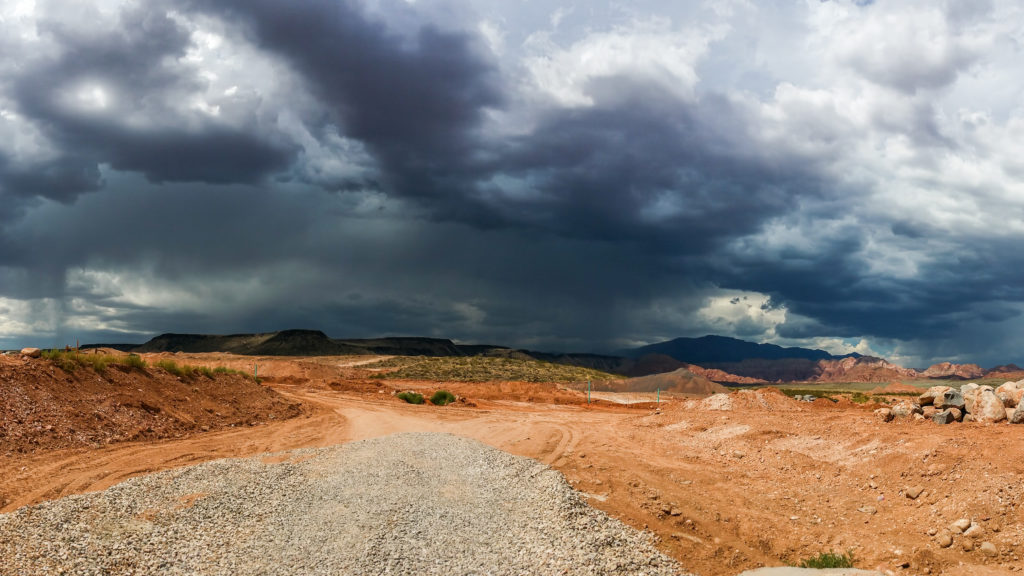
Both of the Southern California desert areas are further contrasted by their annual rainfall levels. On average, the Mojave Desert records three to 10 inches of rain per year while the Colorado Desert records two to six inches.
However, from August through September, the Colorado typically enjoys relief from seasonal monsoons. By comparison, the Mojave’s summers are dryer. Death Valley, which you’ll remember stands between the Mojave and Great Basin Deserts, is consistently California’s driest point. It receives a paltry one-and-a-half inches of rain each year.
Overall, the California desert regions sustain on relatively little rainfall, owing to the “rain shadow” of the bordering mountain ranges. This basically means that the mountains act as a barrier to rain-carrying winds, shielding the desert from moisture.
The Flora That Grows from Arid Soil
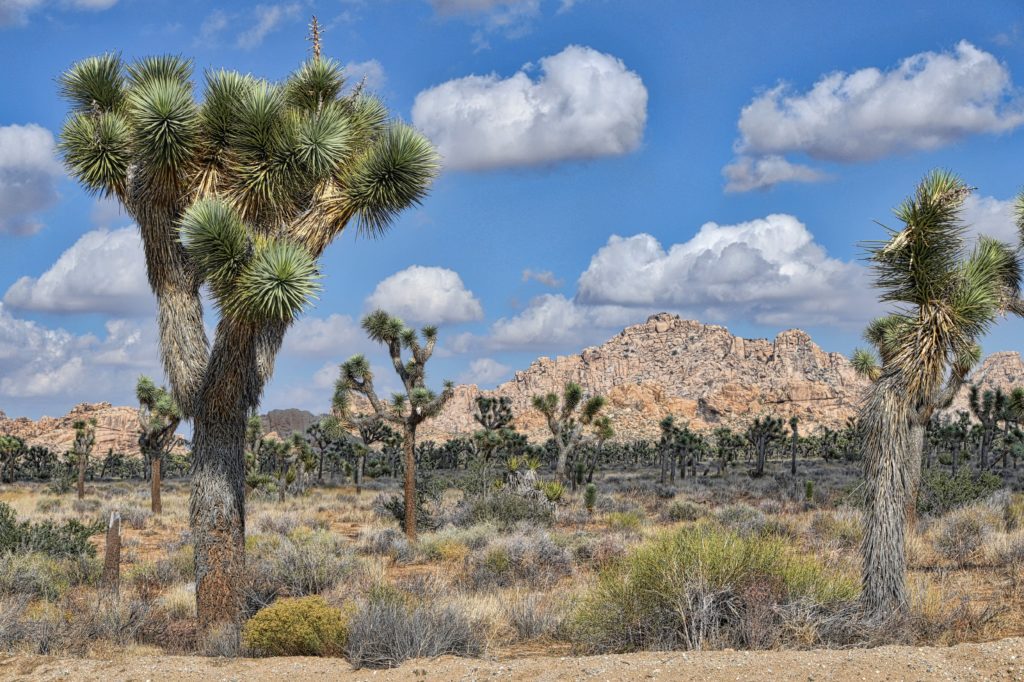
Thanks in part to these disparate rainfall levels, we find certain plant life to be indicative of the Mojave or Colorado Desert environment. In fact, several of these plant species aren’t natively found outside of their respective California desert.
Distinguishing Mojave Desert Flora:
- Burro bush
- Joshua tree
- Mojave yucca
- Teddy-bear cholla
Distinguishing Colorado Desert Flora:
- California fan palm
- Chuparosa
- Desert agave
- Desert lavender
- Ironwood
- Ocotillo
The Mojave is additionally host to an abundance of greasewood, saltbush, blackbrush, and creosote bush, though these aren’t indicator species of the area. Likewise, the Colorado is punctuated with a wealth of non-indicator species including Salton Sea saltbush, Sonoran creosote bush, and saguaro cactus.
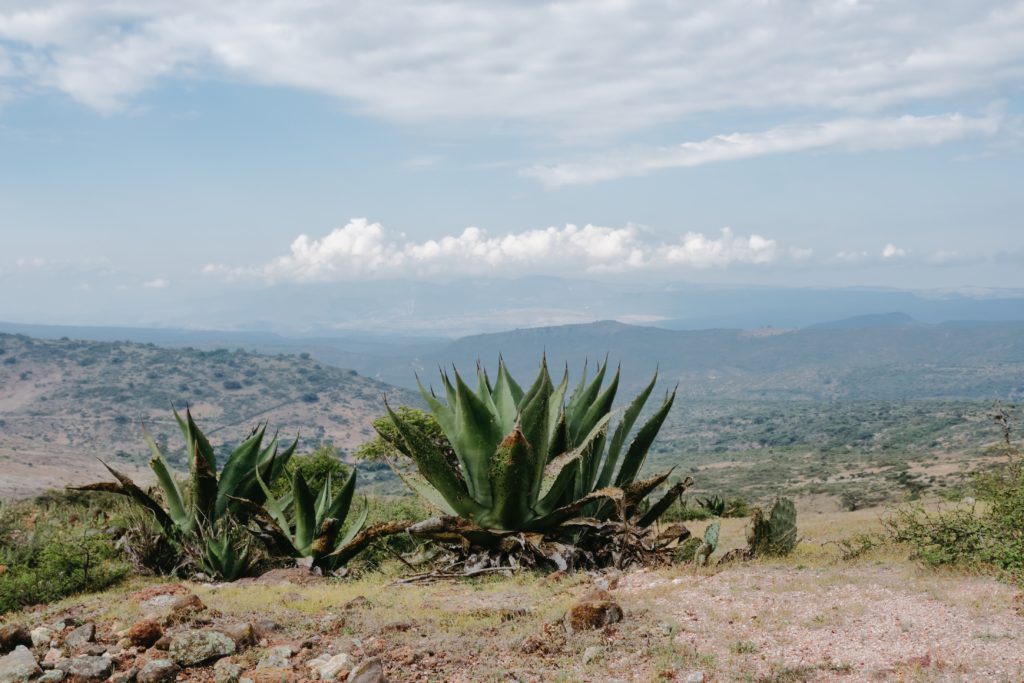
Since higher elevations are conducive to heavier rainfall, the mountains of the Mojave offer fertile ground for an even greater diversity of flora. Higher elevations produce Western juniper and Pinyon pine, known for its fragrant wood.
The Third California Desert
While we’d like to keep the focus on the two Southern California deserts, we’d feel remiss if we didn’t take a brief look at California’s third desert. The Great Basin Desert, located in eastern central California, is the only “cold” desert in the U.S. This means the majority of its precipitation is snow. The Sierra Nevada Mountains are responsible for the rain shadow that produces its dry climate. While the desert falls east of the mountains, it extends into Nevada.
Denizens of the Desert
No matter which California desert you visit, you can count on alkaline soil contributing to the inhospitable climate. Still, a great deal of fauna call the desert home. Across all three California desert regions, you’ll commonly find:
- Black-tailed jackrabbits
- Coyotes
- Desert bighorn sheep
- Desert kit foxes
- Desert tortoises
- Ground squirrels
- Kangaroo rats
- Spotted bats
- Spotted skunks
- White-footed mice
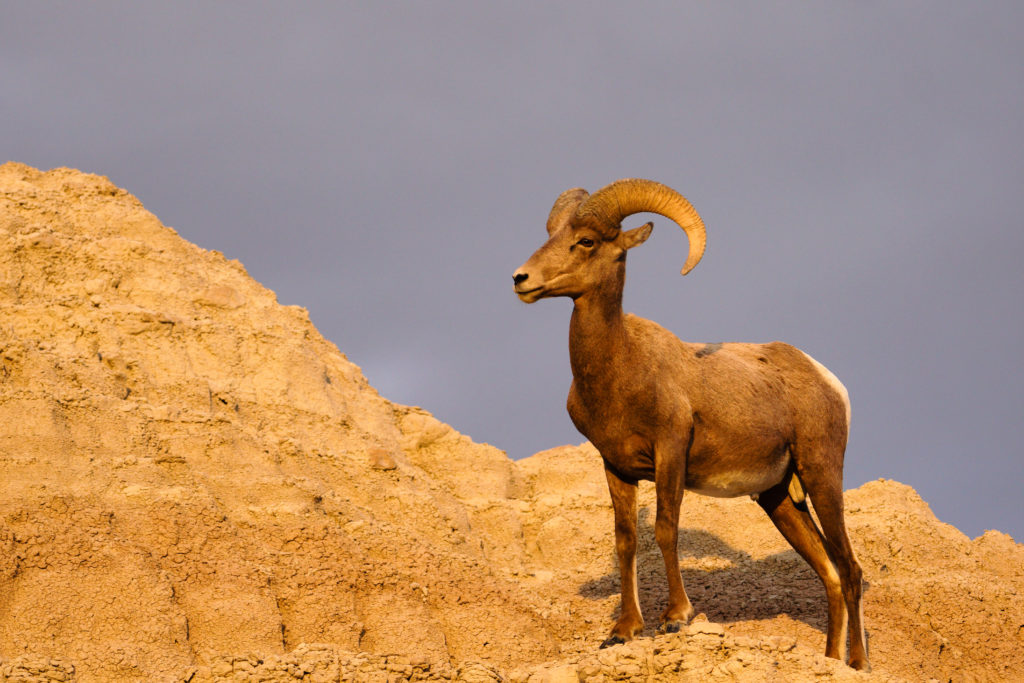
The Historical Significance of the California Desert
The brutal conditions of the California desert also did little to dissuade indigenous peoples from calling the land their homes. Relying on hunting-gathering skills for survival, the Mohave, Quechan, and Chemehuevi tribes survived in the Mojave, Colorado, and Great Basin Deserts respectively.
The first European to venture into the Mojave and Colorado Deserts was Franciscan friar Francisco Garcés. In 1776, he began his exploration, recording and documenting his observations about the environment and the people he met along the way.
Interest in the California desert, specifically the Mojave and Great Basin, were dramatically stoked by the California Gold Rush. Prospectors came in droves with dreams of gold, silver, and lead. Eventually, it culminated in the establishment of major rail systems such as the Tidewater and Tonopah Railroads.
Today’s SoCal Desert Regions
These days, the SoCal desert is home to artists, ranchers, and those simply wanting to stay off the grid. In 1994, the California Desert Protection Act was passed, conserving millions of acres including portions of Joshua Tree National Park, the Mojave National Preserve, and Death Valley. While it’s not advisable to visit the California desert during the summer without proper equipment and knowledge, the climate and ecology makes for a fascinating facet of the Southern California experience.

